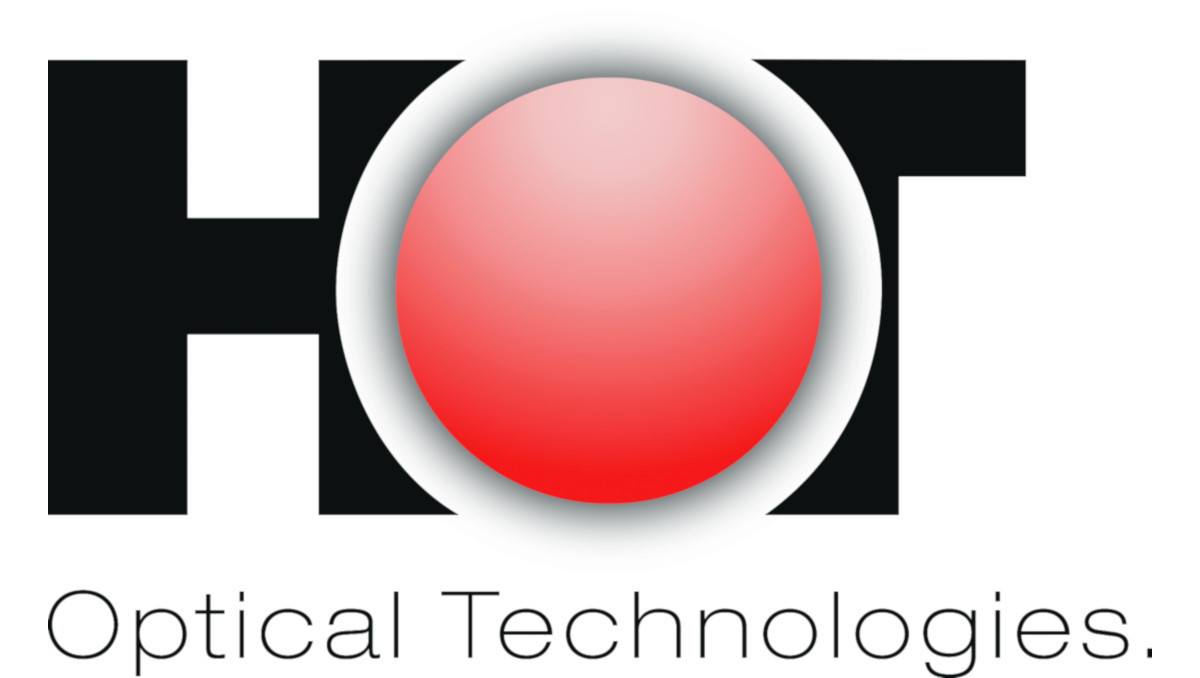Topology optimization of dispersive plasmonic nanostructures in the time-domain
- verfasst von
- Emadeldeen Hassan, Antonio Calà Lesina
- Abstract
Topology optimization techniques have been applied in integrated optics and nanophotonics for the inverse design of devices with shapes that cannot be conceived by human intuition. At optical frequencies, these techniques have only been utilized to optimize nondispersive materials using frequency-domain methods. However, a time-domain formulation is more efficient to optimize materials with dispersion. We introduce such a formulation for the Drude model, which is widely used to simulate the dispersive properties of metals, conductive oxides, and conductive polymers. Our topology optimization algorithm is based on the finite-difference time-domain (FDTD) method, and we introduce a time-domain sensitivity analysis that enables the evaluation of the gradient information by using one additional FDTD simulation. The existence of dielectric and metallic structures in the design space produces plasmonic field enhancement that causes convergence issues. We employ an artificial damping approach during the optimization iterations that, by reducing the plasmonic effects, solves the convergence problem. We present several design examples of 2D and 3D plasmonic nanoantennas with optimized field localization and enhancement in frequency bands of choice. Our method has the potential to speed up the design of wideband optical nanostructures made of dispersive materials for applications in nanoplasmonics, integrated optics, ultrafast photonics, and nonlinear optics.
- Organisationseinheit(en)
-
Hannoversches Zentrum für Optische Technologien (HOT)
Institut für Transport- und Automatisierungstechnik
PhoenixD: Simulation, Fabrikation und Anwendung optischer Systeme
- Externe Organisation(en)
-
Minufiya University
Universität Umeå
- Typ
- Artikel
- Journal
- Optics express
- Band
- 30
- Seiten
- 19557-19572
- Anzahl der Seiten
- 16
- ISSN
- 1094-4087
- Publikationsdatum
- 23.05.2022
- Publikationsstatus
- Veröffentlicht
- Peer-reviewed
- Ja
- ASJC Scopus Sachgebiete
- Atom- und Molekularphysik sowie Optik
- Elektronische Version(en)
-
https://doi.org/10.48550/arXiv.2203.01462 (Zugang:
Offen)
https://doi.org/10.1364/OE.458080 (Zugang: Offen)
